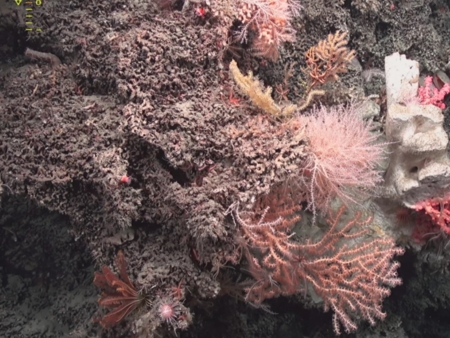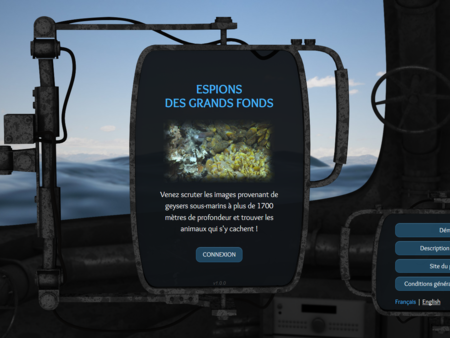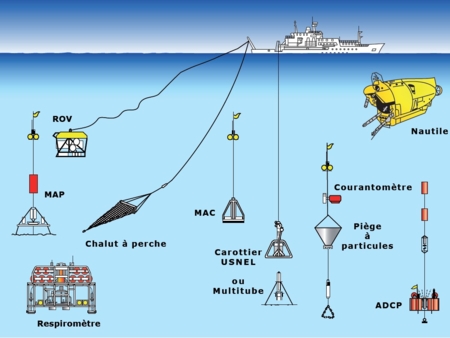H2-dependent formate production by hyperthermophilic Thermococcales: an alternative to sulfur reduction for reducing-equivalents disposal
Paru dans ISME J
Le Guellec, S., Leroy, E., Courtine, D., Godfroy A., Roussel E. G. (2021)
H2-dependent formate production by hyperthermophilic Thermococcales: an alternative to sulfur reduction for reducing-equivalents disposal. ISME J (2021). https://doi.org/10.1038/s41396-021-01020-x
Removal of reducing equivalents is an essential catabolic process for all microorganisms to maintain their internal redox balance. The electron disposal by chemoorganotrophic Thermococcales generates H2 by proton reduction or H2S in presence of S . Although in the absence of S growth of these (hyper)thermopiles was previously described to be H2-limited, it remains unclear how Thermococcales could be present in H2-rich S -depleted habitats. Here, we report that 12 of the 47 strains tested, distributed among all three orders of Thermococcales, could grow without S at 0.8 mM dissolved H2 and that tolerance to H2 was always associated with formate production. Two conserved gene clusters coding for a formate hydrogenlyase (FHL) and a putative formate dehydrogenase-NAD(P)H-oxidoreductase were only present in H2-dependent formate producers, and were both systematically associated with a formate dehydrogenase and a formate transporter. As the reaction involved in this alternative pathway for disposal of reducing equivalents was close to thermodynamic equilibrium, it was strongly controlled by the substrates–products concentration ratio even in the presence of S . Moreover, experimental data and thermodynamic modelling also demonstrated that H2-dependent CO2 reduction to formate could occur within a large temperature range in contrasted hydrothermal systems, suggesting it could also provide an adaptive advantage.










